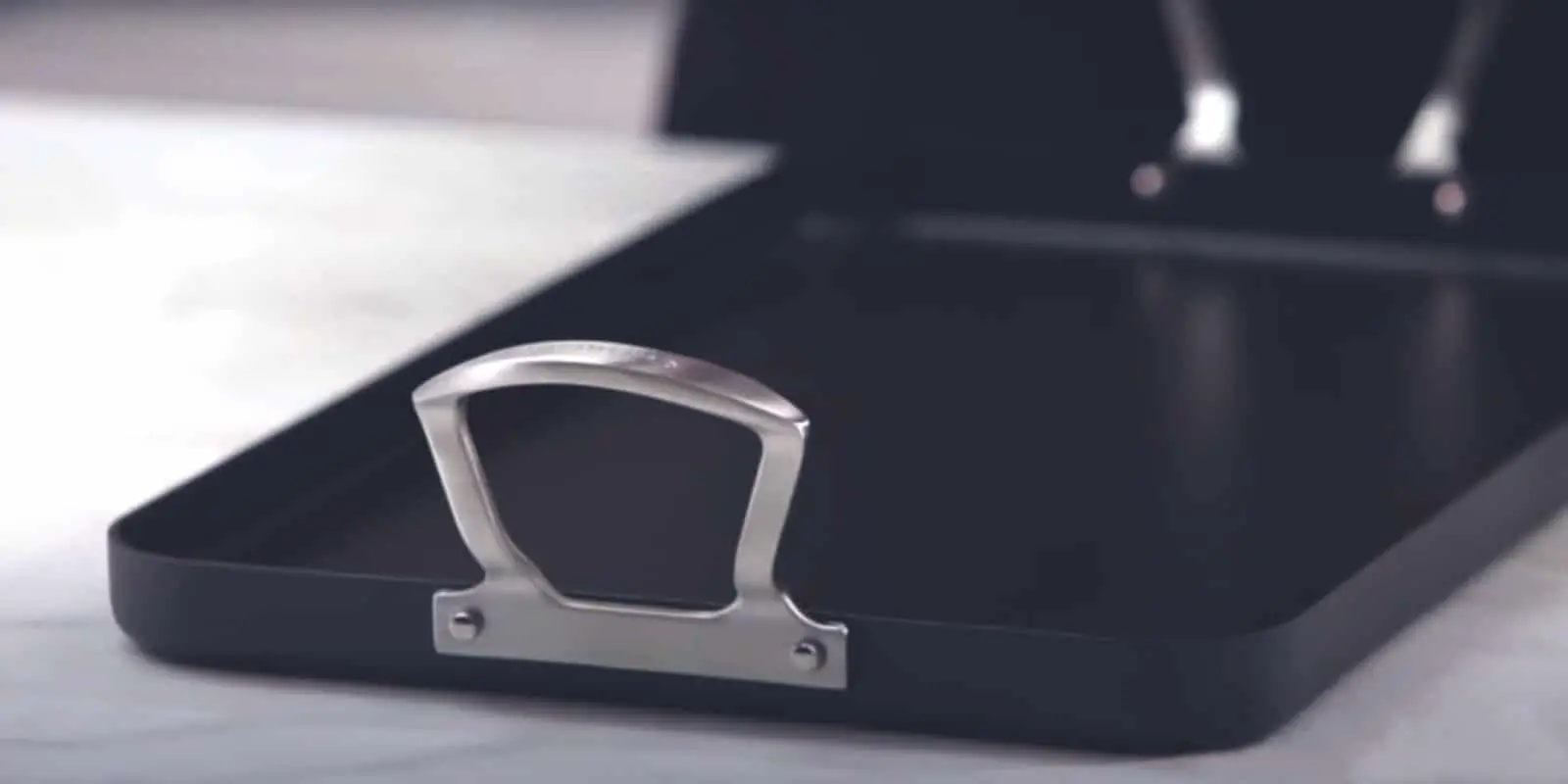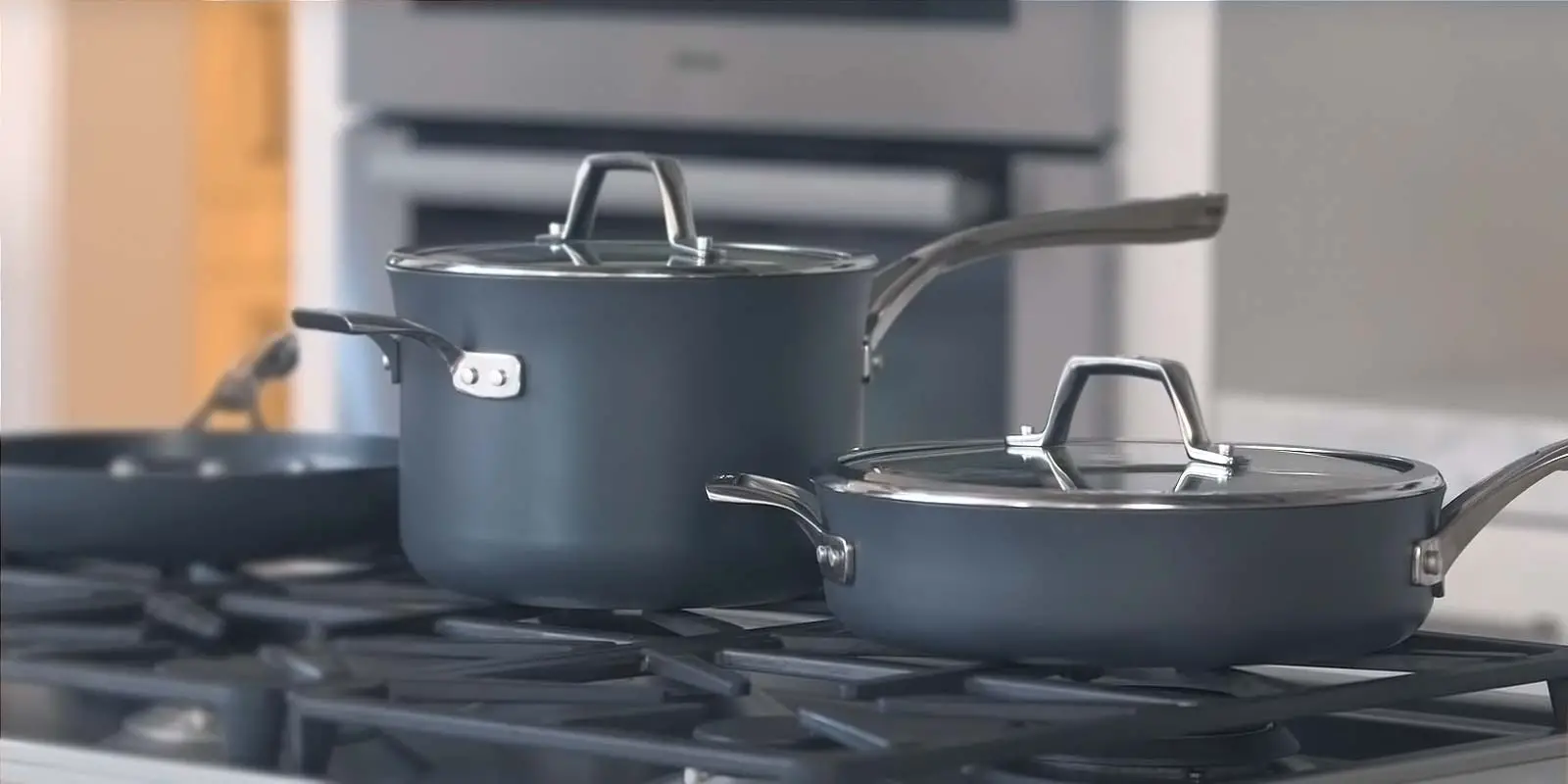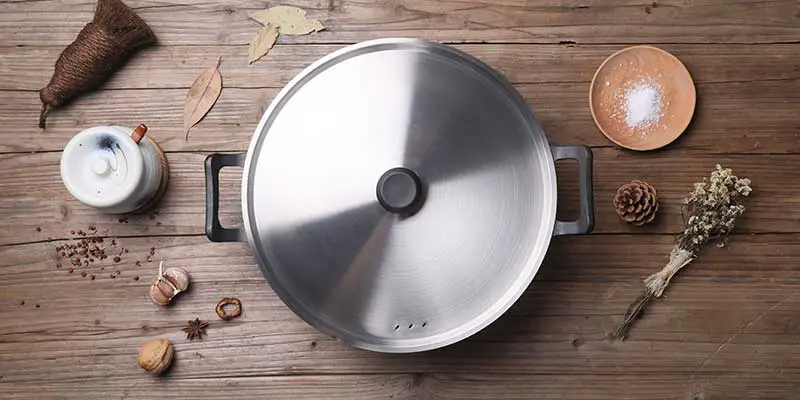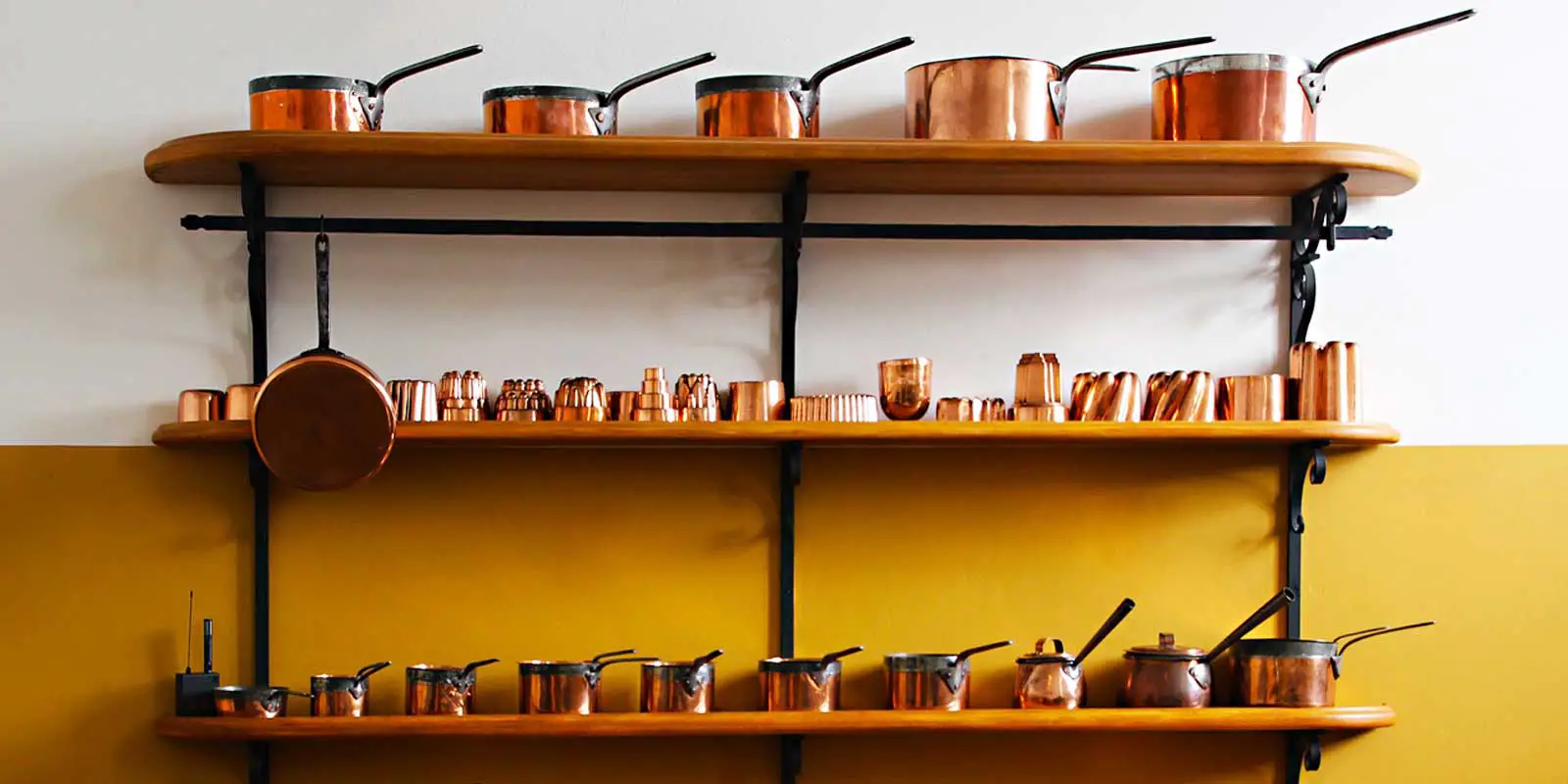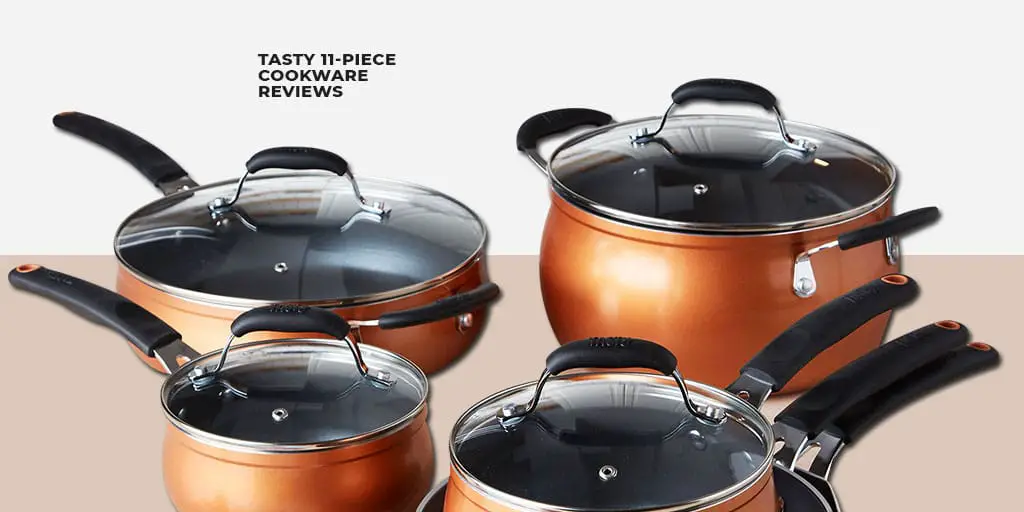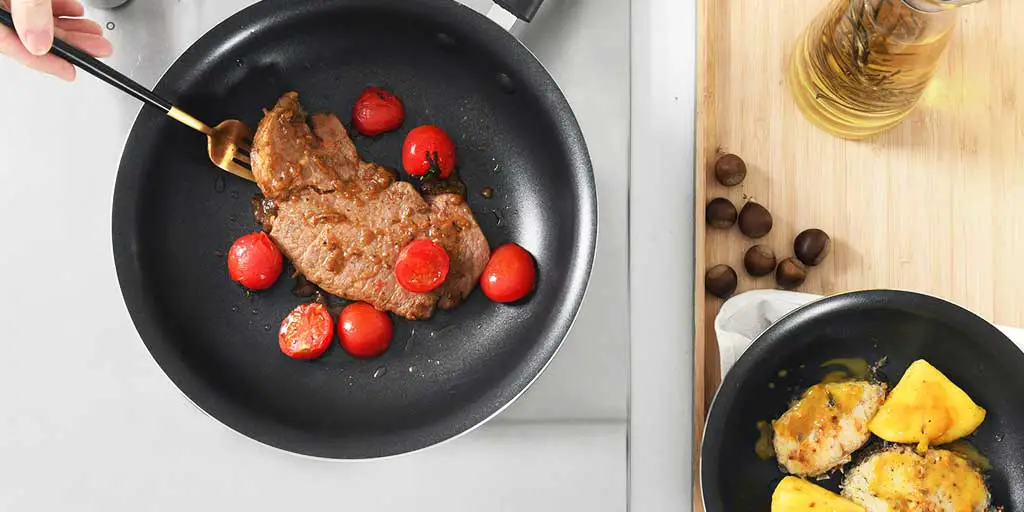What is Induction Ready Cookware And How to Buy it
The introduction of induction stoves and cooktops has made it a lot easier for people in smaller apartments to cook. Some people can’t fit a giant stovetop with ovens in their smaller homes.
And others might not always have access to gas. So, the invention of these cooktops was a blessing to many families. But not all cookware can handle the induction system.
So, which ones can? What is induction ready cookware? If you’ve just bought a new induction cooktop and you’re now looking for compatible cookware, we can help you out.
This article will focus on cookware that you can use with your new stovetop. So, let’s dive right into it!
Contents
Cooking Process of an Induction Stovetop
Before we get into the details, let’s learn how the induction system works. Although it’s been in mass production for a couple of decades, history goes back a long time.
While traditional cooktops work by using actual flames by burning natural gas, induction technology harnesses the power of electricity. An electric current passes through to the cookware when you’re using the induction technology.
Magnetism also plays its part in this process. This property of induction cooktops immediately heats up the pans and pots. Unlike traditional cooktops that use gas and fire, the cookware used in these systems heats up quite a bit faster.
So, you can probably see a pattern here that will allow you to connect the dots. It would help if you had cookware that can withstand the sudden rise of temperature. Since there isn’t any heat source from outside, a magnetic current produces the heat instead.
Should You Switch to Induction?
Well, you probably already made your purchase if you’re reading this article. But for those of you who haven’t, let’s talk about why you should switch to induction technology.
The primary goal of induction cooktops is to make cooking more efficient. Induction cooktops also only generate heat for the pots and pans and not the surface itself.
Fascinating, isn’t it? But that’s due to the coils not heating up physically. They send an electric current through the pan or pot to heat that up instead. Although the pan will get adequately hot almost instantly, the burner’s surface won’t be hot.
So, you immediately reduce the risks of burning if you switch to induction. Induction cooktops are also a lot safer.
A Pro Tip
Here’s a tip that you might find amusing. Regular stoves that use fire to produce heat gradually heats up the surface of the pans and pots. So, the cookware can withstand the gradual increase of heat.
But since the heat changes instantly on induction cooktops, your cookware needs to be induction-ready to combat this issue. So, which kind of cookware do you go for? Use something that has magnetic metal.
Usually, some cast iron skillets or stainless steel cookware will have this property. You can easily get your hands on this dishwasher safe cookware at an affordable price.
What is Induction Ready Cookware?
Since the concept of induction cooking isn’t new, the use of induction cookware is also pretty old. With uniquely designed induction cooktops, the highly-functional kitchens aren’t complete without one of these.
So what makes cookware induction ready? These are cookware that will seamlessly work with your induction cooktop. That’s pretty much it. We’ll be getting into further details over the course of the article.
Not all cookware is meant to be used with induction cooktops. Since the induction cooktops use electric and magnetic currents, the cookware that you’re using must have magnetic properties too.
The metal coil reacts with the magnetic pan or pot when placed on the surface. A current is only formed when the pan or pot has magnetic properties. This exact current travels across the surfaces and heats the food.
Will Your Older Cookware Work?
We all want to spend as little as we can, right? So, it’s perfectly normal first to see whether your existing cookware will work with the induction cooktops.
It’s okay to check first before going out and spending hundreds of bucks on new cookware. So, how do you find out? There’s a pretty easy way to do this, actually. If you want to take the more challenging route, you can use the cookware with the cooktop and check if it’s working.
Nonmagnetic cookware will most likely let you down in this case. So, if you don’t want to worry about doing unnecessary dishes, just bring out a magnet. I’m pretty sure you’ll have one lying around somewhere.
Position the magnet on the cookware to see if it attracts. Place the magnet on the bottom of the cookware and turn it over. If the magnet is still in place, you can rest assured that your cookware is magnetic. And if the magnet fell to the floor, you should know that it’s time to buy new cookware.
How to Buy New Induction Ready Cookware?
Since you will probably be looking to buy new cookware for your new induction cooktop, we’ll be glad to help you out. We can list a few suggested materials to choose from when you’re out looking for new cookware.
The choice of metals is the prime thing that you need to keep in mind. By now, you should know that all metals will not work with magnets, which means all metals won’t be good for your induction cooktop.
Pick out from metals like cast iron, some special stainless steel, and steel options. These have the highest chances of working in cohesion with induction cooktops.
So which ones do you avoid? Avoid using aluminum, glass, ceramic, and copper on your new induction cooktop. These materials might cause a severe hazard in your kitchen.
Final Words
Induction cooking has been around for over a decade now. The mass people love using induction stoves, and even the big companies are switching to it. Most companies offer an induction-version of their product because they know that people want it.
If you’ve read this thoroughly, you should now have your answer to the question, “What is induction ready cookware?” So what are you waiting for? Pick your new cookware now!
